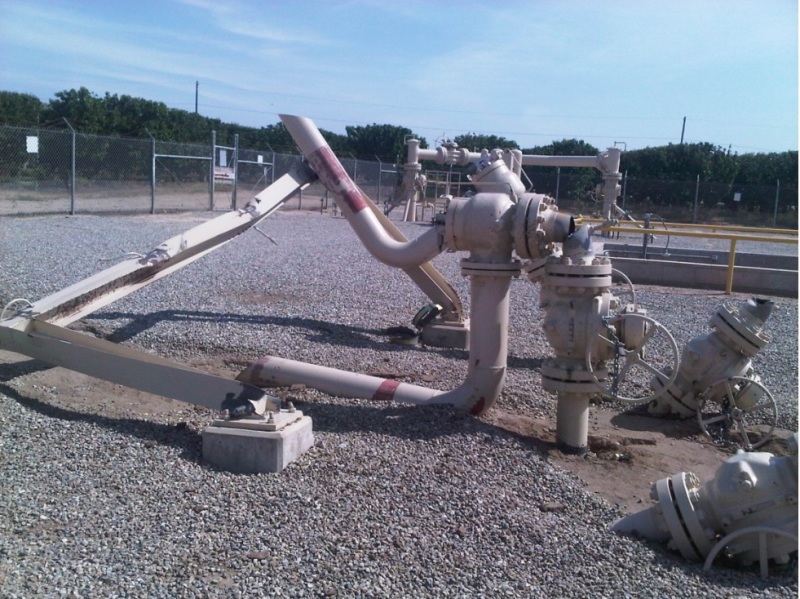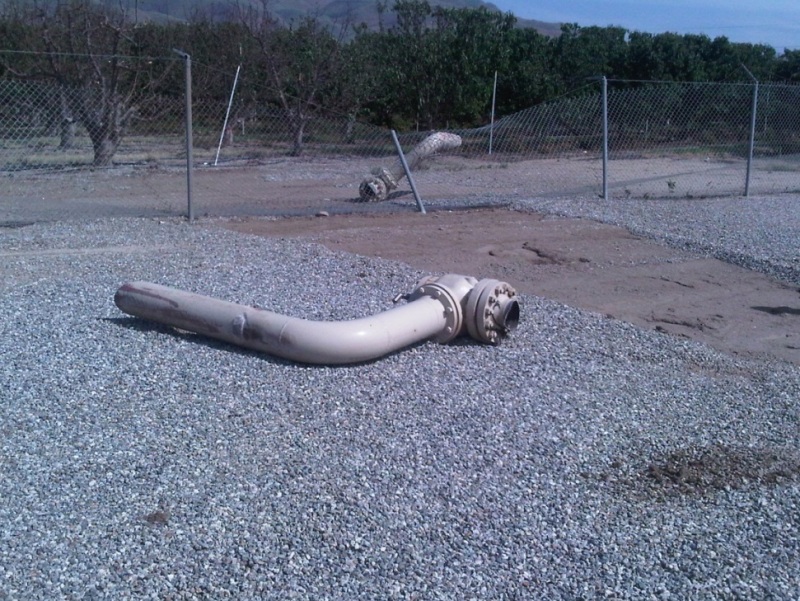API 520 gives an equation to determine the force at the point of discharge of a pressure-relieving device (PRD). I understand that but intuitively it seems like there would be something going on at the valve itself. I've attached a drawing of a segment of piping that includes 4 PRD's for reference. So when deciding how to support this you would obviously consider it's weight and the reaction force at the outlet. To keep it simple let's not consider temperature changes, wind, or seismic. Would you throw in some inertial force (or fluid flow or whatever) at the valves themselves or anywhere else? If so, how would you calculate? A reference explaining it would be great if it's too involved to describe here. I'm familiar with the concept of a control volume in fluid mechanics and it seems like that may contain the answer but I'm not sure I have enough data or a big enough brain to apply it.
Oh, and I'm sure many of you are going to have reasons why this is not a very good layout. That's fine, feel free to expound. We've actually got someone marking up the drawing as I type this but my fundamental question remains the same.
Oh, and I'm sure many of you are going to have reasons why this is not a very good layout. That's fine, feel free to expound. We've actually got someone marking up the drawing as I type this but my fundamental question remains the same.


